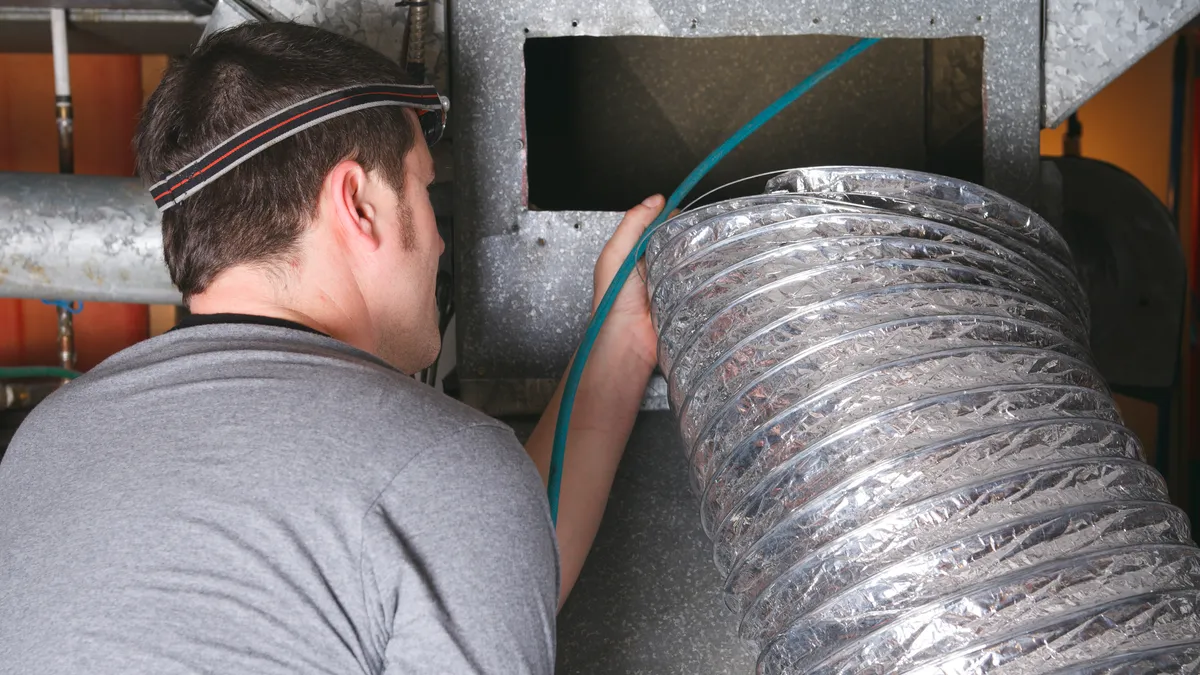The market for property insurance is in the early stages of a softening after some hard years. But except for companies with the best risk profiles, policies won’t necessarily be cheap because of inflation and continued big losses from tornadoes, wildfires and other natural catastrophes.
“Carriers do have growth goals,” Cynthia Stauffer, a regional property practice leader at Marsh McLennan, said in a webcast. “Underwriters do want to write new business. The trouble right now is that we’re in the beginning stages of this slight softening, so they all want the same thing. They’re all going to take a run at the companies with the most attractive risks.”
After some tough years, Stauffer said, it’s a good sign that insurance carriers are ready to compete for new business, but it can help companies to be patient to get the coverage and pricing they want.
“It’s just a matter of time before [the soft market] trickles down to the rest of the marketplace,” she said. “Carriers realize they … have to broaden their appetites a little bit, so it’s just a matter of how long it takes for them to start writing other things besides these most desirable ones.”
The key for companies is data, she said. Underwriters are going to be looking at applications on a case-by-case basis, so the more companies can detail their actual risk profile, the better.
“Putting attention into your data is a big deal,” she said. “It’s not just your values, but all the characteristics of your building. You want to try to differentiate your submission from the other pile of submissions carriers are getting in, and showing that you have a better risk than the average risk is still the name of the game.”
Although carriers enjoyed a slight breather from natural catastrophes in the early part of the year, with about $110 billion in losses – an improvement over the last year – that amount remains higher than the 10-year average and insurers have every reason to believe catastrophes won’t be subsiding any time soon.
“They had a good year that’s showing up in profitability, but in the long term, there is still a huge trend in weather losses,” she said, pointing to wildfires and other events that appear to be climate related. “The tornado alley is shifting to the east a little bit,” she said as an example.
Although they’ve made gains, insurers continue to struggle to model all of the risks they face, making pricing a challenge, especially when inflation is factored in.
“Every claim paid in the last couple of years has been higher than carriers underwrote and priced for,” Stauffer said. “That affects property insurance in a few ways. Your brick-and-mortar coverage is more expensive, the labor it takes to rebuild is more expensive and if there’s any downtime component to that, your business interruption periods have been longer and those claims have been higher, too.”
Bottom line: If your company had trouble getting certain types of coverage in the past, that doesn’t mean it won’t get coverage next year, given the softening market and carriers’ renewed drive to compete. But it could be well into 2024 before carriers start competing on price for some lines of insurance if your company doesn’t have the best risk profile.
















